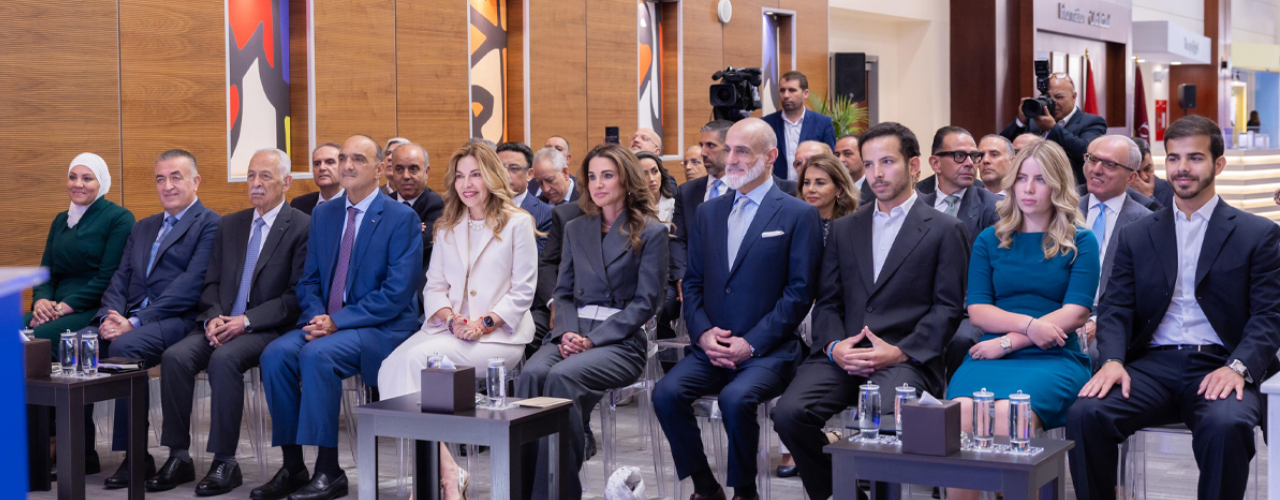
July 31, 2024 Amman - Her Majesty Queen Rania Al Abdullah visited the King Hussein Cancer Center (KHCC) in Amman on Wednesday, on the occasion of the Silver Jubilee of His Majesty King Abdullah II’s accession to the Throne. During her visit, Queen Rania inaugurated KHCC’s new Radiation Oncology building, in the presence of Their Royal Highnesses Prince Talal bin Muhammad, Special Advisor to His Majesty, and Princess Ghida Talal, Chairperson of the King Hussein Cancer Foundation (KHCF) and Center. Covering over 2,700 square meters and featuring state-of-the-art medical equipment, the new facility was established to meet the rising need, increasing the Radiation Oncology Department's monthly capacity from 260 patients to approximately 400. An estimated 60% of KHCC patients require radiotherapy as part of their treatment plan. Princess Ghida Talal explained that, over the past 25 years, the King Hussein Cancer Center has become a cornerstone of cancer care in the region, serving more than 70,000 patients. She also expressed her deepest gratitude to Their Majesties King Abdullah and Queen Rania for their steadfast support of this Jordanian institution. The building’s inauguration was attended by Prince Hussein bin Talal, Prince Muhammad bin Talal, Princess Rajaa bint Talal, Prime Minister Bisher Khasawneh, Royal Court Chief, Yousef Issawi, Minister of Education and Minister of Higher Education and Scientific Research Azmi Mahafzah, Minister of Health Feras Hawari, KHCC CEO and Director General Asem Mansour, KHCF Director General Nisreen Qatamish, and several members of the KHCF/KHCC Board of Trustees. The Queen also toured several KHCC departments, including Jordan's first neurosurgery suite, in which more than 300 operations have been conducted since its opening in 2019. She also visited the Center’s pediatric department, which treats approximately 90 percent of Jordan's pediatric cancer patients. Spanning 108,700 square meters, KHCC receives approximately 7,000 new patients, 14,000 admissions, and 250,000 outpatient visits each year. Its key facilities include Jordan’s first public umbilical cord blood bank, intensive care units for children and adults, diagnostic and therapeutic radiology departments, a cellular therapy and applied genomics department, and a bone marrow transplant program.

